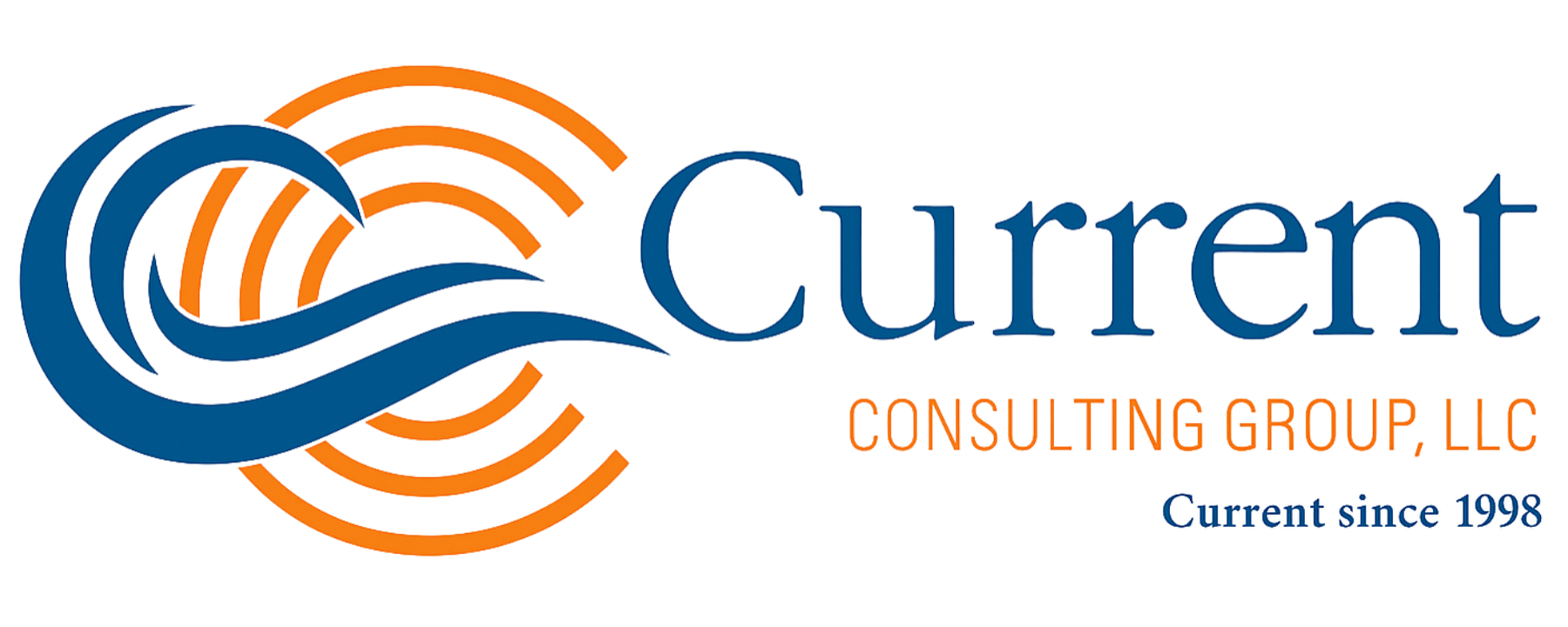Primary Questions to Consider When Developing a Drug Testing Policy
This information is provided for educational purposes only. Reader retains full responsibility for the use of the information contained herein.
Most companies, regardless of size, have some type of drug testing policy as part of their workplace program. There are many functions to a policy and just having a policy may not be enough; however, to use a policy to its full potential, it is first essential to understand why a drug-free workplace program was implemented. Remember, this is your program, and you are ultimately in control of its outcome, which will vary from company to company.
What Should I Consider?
Each company determines its own approach to their policy, including their tolerance for risk. When shaping your policy intentions, some primary questions to consider should include, but are not limited to:
- Why does your company want to conduct testing? The obvious and most common reason for drug testing is safety. However, is there an interest in establishing a program that meets the requirement to disqualify individuals for receiving benefits for workers’ and/or unemployment compensation purposes? Or is it your goal to obtain a discount on workers’ compensation premiums? Maybe your company has a federal contract or federal grant that requires a program to meet federal testing requirements under the U.S. Department of Transportation. If so, the need to meet these federal or state government regulations should be stated, and the program rules followed for compliance.
- Who is required to submit to testing under the policy? This determination should be based on the types of jobs you offer and the objectives of your program. Employers may elect to include all employees or limit testing to job applicants or employees with certain job functions. For instance, testing only employees in safety-sensitive positions that may operate motor vehicles or heavy equipment, or testing strictly for federal employees required to test for illicit drug use. Also, will part-time, temporary, contracted, or seasonal employees be subject to the testing program? This should be clearly spelled out in the policy to preclude any question of who must follow the testing rules.
- What safeguards are in place to ensure the integrity of the testing program? Clarifying testing procedures is important to ensure reliable procedures are followed to protect the employee and defend the employer if an employee challenges the test result. Certain procedures may be extensive, and it is important not to clutter the policy with step-by-step instructions, so it may be necessary to establish a separate procedures document. If you choose to do so, summarizing procedures throughout the policy is a great way to instill confidence in the testing program.
- Will employees be helped if a drug and alcohol problem is suspected?Substance use/abuse is a condition that can affect an employee’s job performance, creating risks for the individual, the employees, and the company. Some employers who drug test their employees view drug use as a health issue and are looking for ways to offer treatment and support options to keep their workplace healthy and productive. An employee assistance program (EAP) offers services to help employees with issues that could affect their work performance. EAPs can identify and address a wide range of health, financial, and social issues, including mental and/or substance use disorders. The objective of an EAP is to provide the tools to employees to help overcome personal or workplace challenges and to manage their behaviors to regain the ability to return to work safely. Employers who offer this benefit should outline this assistance in the policy along with the contact information so it is easily accessible when a crisis should arise.
- When will the testing take place? Are there specific procedures needed for any of the testing options? In addition to applicant testing for pre-employment situations, there are 3 primary forms of testing: reasonable suspicion, post-accident, and random testing. Employers that want to offer a second chance agreement may also consider return-to-duty and follow-up testing. There may be other testing options such as client required testing, transferring positions, fitness for duty testing, and more. Each of these testing options may be defined based on the company’s need. Take post-accident testing as an example. Will testing be required based on OSHA rules or whenever an individual is injured on the job? Does that company wish to incorporate damage to company property? Will there be a standard dollar amount required for damage? Different testing options and definitions may look different depending on the company.
- Does the employers want to accept medical/recreational marijuana? Marijuana is legal in most states, yet most employers have the privilege to determine how to deal with marijuana in their workplace. Generally, a company may choose to accept or deny marijuana as a legitimate explanation for a positive THC test result. Most state marijuana laws either specifically permit employers to restrict marijuana use by employees, or do not mention employers or the workplace at all.
Employers in all 50 states have the flexibility to determine marijuana related practices for their company, including employees bringing marijuana into the workplace, using marijuana while on the job, or being at work while under the influence of or impaired by marijuana.
Conclusion
Separate from the development of your core policy, employers should be aware of the different types of state laws and federal regulations and how they affect their testing program. Employers who understand different applicable testing requirements benefit by following those requirements.
If you are interested in more information on how to create the right type of drug-free workplace program to meet your unique needs, contact the Current Consulting Group (CCG). CCG can help you tailor your policy to make it work for your company. Contact CCG at 954-944-0440 or policy@currentconsultinggroup.com for more information.



